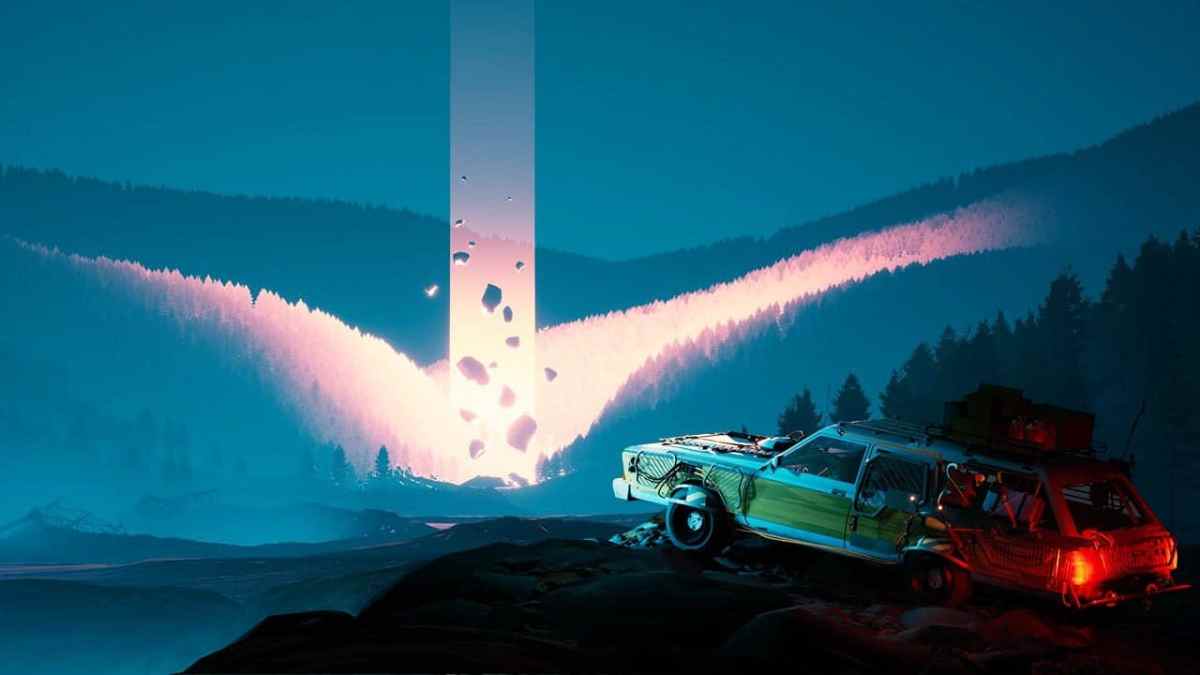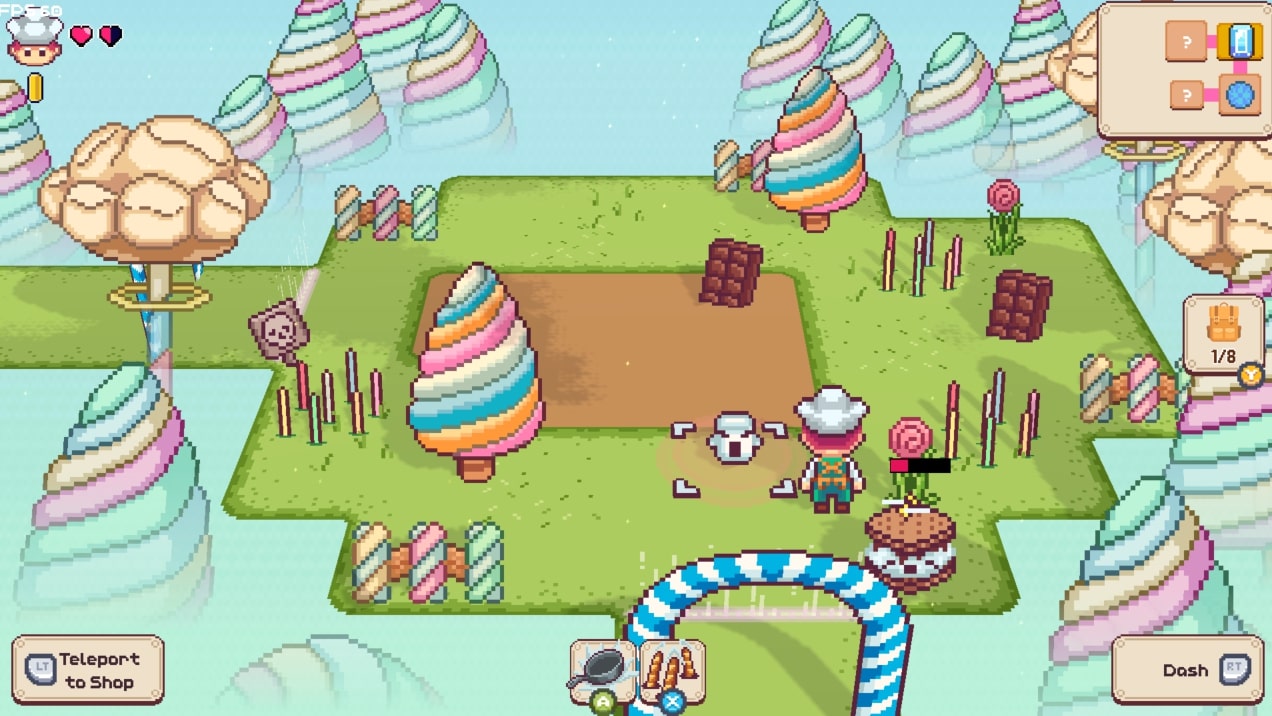Pacific Drive is a lonely game. It’s just you and your car in the weird Pacific Northwest, trying to survive a bleak world permeated by an ominous silence. The rain falls on your car windshield, creating a light pitter-patter. There’s a breeze rustling the trees, and maybe something moving within them. As lead narrative designer and lead writer Karrie Shao explained during GCAP 2024, none of these moments require dialogue or exposition – but in clever, subtle scripting, the game’s atmosphere is allowed to breathe.
In her talk, Shao spoke openly about disliking intensive exposition and reading in games. While that may seem to contradict her position as a writer, she described it as a want for more personal, involving storytelling that goes far beyond the written word.
Playing a game isn’t like watching a TV show, Shao said. Players want an experience, and to create that experience, developers must look beyond simple, surface-level storytelling tricks, to something much deeper.
Shao’s career began with Riot Games, which she joined pre-explosive success. She had a plethora of hats to wear in various roles, contributing as a producer and writer. Working on League of Legends, she helped the team to realise narrative beyond the main game – developing events to inspire players and encourage engagement, as well as writing bios and stories for characters.
By nature, League of Legends is not a story-oriented game, but working on it taught Shao much about wielding unconventional methods to reveal narrative, and how a minimalist approach may benefit players. By leaving room for story interpretation, the team allowed players to create their own connections with characters, and bring part of themselves to the game.
It was lessons learned at Riot that inspired Shao’s future edict: that atmosphere and vibe is far more important than telling players what to do, or feel, or be. As the title of her talk implies, writers should “write less” and thereby “do more.”
Read: GCAP keynote speaker Karrie Shao on how behaviour helps shape narrative
For Pacific Drive, Shao wanted to capture a very specific atmosphere, inspired by modern “weird fiction” like Roadside Picnic by Arkady and Boris Strugatsky, which details the days after an extraterrestrial event. She described the game as having Twin Peaks vibes – the sort of strange, intangible weirdness that will be familiar to fans of the weird fiction genre. Small towns, strange happenings, dark forests, unsettling feelings, and perhaps an odd creature or two.
“Throughout my career, no game I’ve worked on has been a better lesson of ‘tell the story before a single written word’ than Pacific Drive,” Shao said. “It has been the biggest demonstration to me of how much your audience responds to a clear and present vibe before they ever touch your game.”
In a script reading, Shao made clear just how much this rang true for her work on the game.
On screen, she showed a brief snippet of a car at rest, allowing the audience to hear the rain noises and beyond that, the cool, creepy silence of Pacific Drive. The script itself had no dialogue, but made sure to illuminate the experience of being in a car, on a dark night, waiting for something.
Pacific Drive is a minimalist survival story
“It’s late at night and you pull up the roll-up garage doors, and settle in for a night of wrenching at your old station wagon. A storm rolls in, and the pitter-patter of rain on the metal roof tiles overhead drones a constant beat. You fiddle with the loose knobs on the beat-up portable radio until an old rock tune from 90s crackles on over the speakers.
It’s you and your headlamp, and your wrenches, a film of grease covering your fingers. Suddenly, static drowns out the music and you hear a metallic screech in the distance. It’s far enough that you know it’s not inside your garage, but you can’t see past the road trees crowding the edge of your property. You wonder, “what’s out there?”
This snippet of Pacific Drive‘s script informed the direction of the in-game scene – no dialogue, and no exposition. Just storytelling. Even in this short entry, you can feel the atmosphere and tension building.
According to Shao, it’s this minimalist approach that helped to make Pacific Drive such an impactful game – as well as the understanding that storytelling is made of multiple parts. It’s about the experience of being on the road, and delivers a sense of personal connection through emotion and atmosphere.
In the combination of these elements, as well as with good audio and game design, a powerful narrative can be formed. In bits and pieces, this story can be built with words, but Shao described games as a unique form of media where words aren’t as important as they might seem. In fact, the gaps between words are equally as important as the words themselves.
“We leave it to you to fill the gaps,” Shao said of her storytelling methods.
Sometimes, the unknown is more powerful and exciting. Per Shao, it’s the job of the writer to wield their power as far as they need, and to know when to step back, to create real magic.





